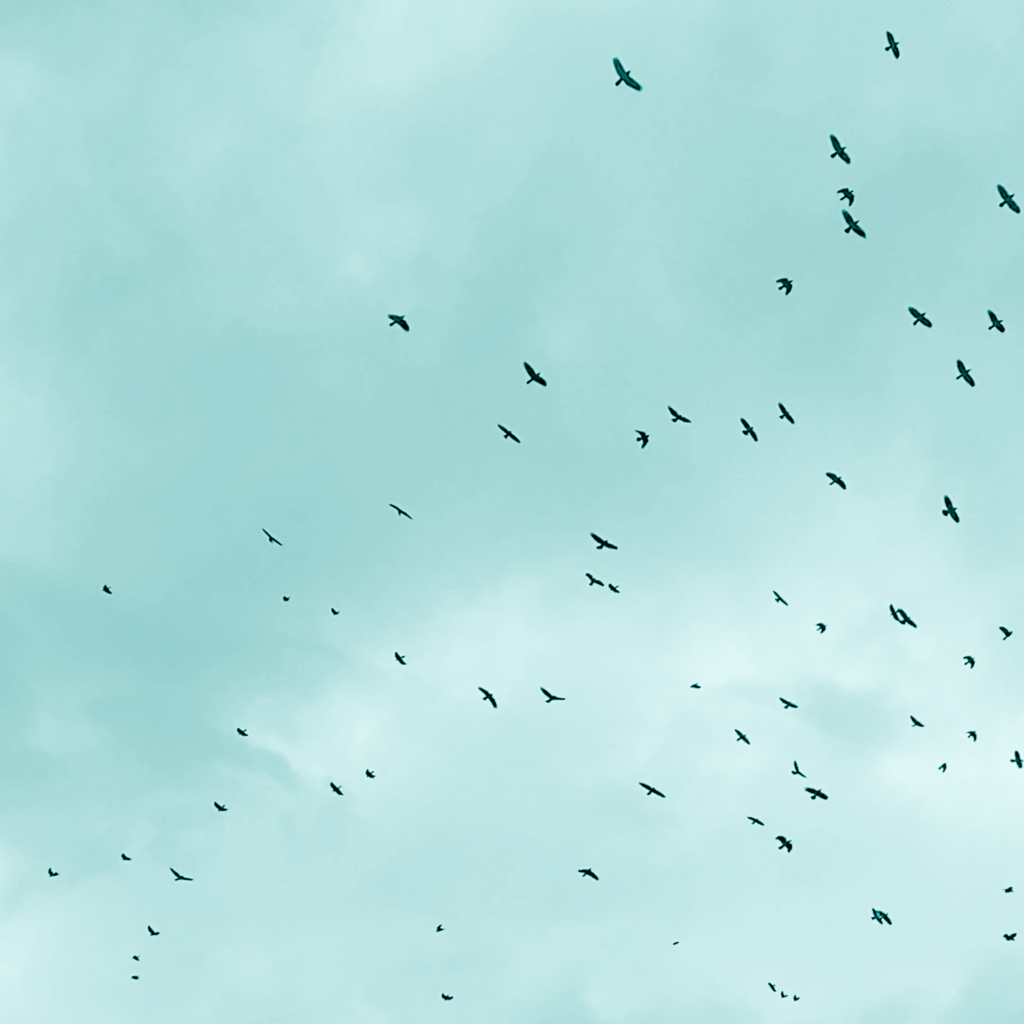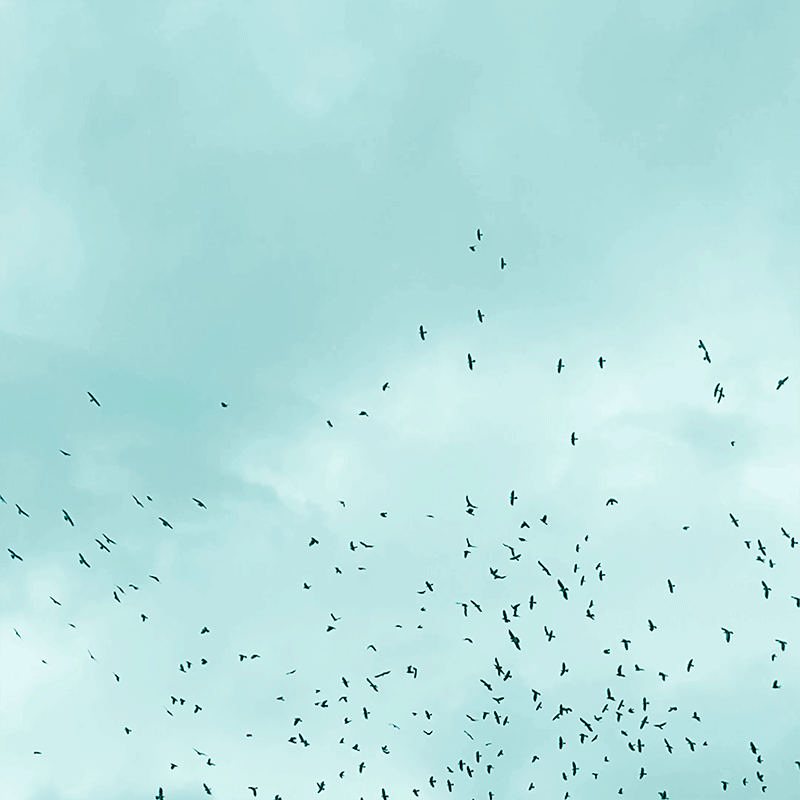

As urban communities grow, new buildings continue to proliferate and densify city skylines. Many of these structures are extensively clad in glass which, when selected appropriately, provides many benefits to building occupants in the form of daylight access and pleasant views.
However, glass can be a deadly obstacle to birds native to an area or to those following a familiar migratory path. The issue has caught the attention of the American Institute of Architects which has addressed it in their Framework for Design Excellence (Design for Ecosystems – AIA). LEED also has a credit (Bird Collision Deterrence (SSpc 55) that addresses it. Some local jurisdictions have begun to adopt bird-friendly policies and ordinances including Houston, Dripping Springs, and Horseshoe Bay in Texas, and Toronto, New York City, San Francisco, and Chicago farther afield.
Most bird-to-building collisions are documented within the treetop-to-ground height zone, but there is a similar rate of incidence on the upper portions of tall buildings that are in the path of migratory flight patterns. Buildings that are located near food sources and roosting/nesting habitats (bodies of water and parks and woods) are also known to be more vulnerable to collision. Ordinances generally limit their requirements to glazing in the ground-to-treetop zone – usually lower than 50 to 75 feet above ground. These collisions generally occur because of glass reflectance and transparency, particularly glazed see-through corners, building shape, siting and interior and exterior lighting.


So what are some remedies? While there are no finite standards, sources such as the American Bird Conservancy have developed guidelines for glazing selection.
Glass Collisions: Preventing Bird Window Strikes | ABC (abcbirds.org)
First and foremost, choose an insulated glass unit to meet your aesthetic and energy performance needs; glass with a reflectance greater than 15% should be avoided. Then consider commonly available surface treatment options such as fritted patterns, etched designs, or UV-treatment ($, $$, $$$, respectively) which enhance visibility for birds, and depending on the treatment, are undetectable or minimally visible to humans. When evaluating patterned options, contrast and spacing of patterns determine effectiveness as much or more than coverage. (The hawk decal does not work.) Look for a bird-friendly Avoidance Index (AI) greater than 70% and/or a Material Threat Factor (TF or Threat Factor) less than 30.
In addition to glass considerations, building shape and lighting selection play an important role in protecting our feathered neighbors. A building with an interior courtyard can create a glazed “box canyon” trap and similarly, uplighting and unshielded light sources can disorient birds, particularly at night. For the spring migration, Audubon Texas is currently promoting “Lights Out, Texas”, a statewide campaign of education, awareness and action to reduce migratory bird mortality by encouraging cities and building owners to turn off non-essential lights.
Lights Out Texas | Audubon Texas
Thoughtful design can mitigate many threats to our avian wildlife friends while providing a more pleasant experience for human building occupants.
Firm News
Turning On A New Light
We are excited to start 2024 with a new logo, inspired by our new headquarters in the heart of the vibrant Victory Park neighborhood of Dallas. This transition is more than just a change of logo and address; it is an improved reflection of who we are and where we want to go as an industry-leading, design-focused firm.
Designing Spaces that Reflect Our Clients’ Mission
In honor of Historic Preservation Month, GFF will be a Bronze Sponsor for the 2023 Preservation Dallas Preservation Achievement Awards on May 17th, 2023.
Life Fellowship Church Unveils Newly Transformed Campus
GFF developed a new comprehensive campus master plan for Life Fellowship Church (LFC) located in McKinney, Texas, which includes renovation and expansion of their current campus to include a 1,200-seat future worship center, a weekday preschool, additional adult classrooms, and an administrative suite on a very compact site.
Protecting Our Feathered Friends
As cities grow and buildings become taller, the need to protect the earth's bird population is becoming more urgent. Thankfully, there are solutions to mitigate the problem, including guidelines for bird friendly glazing selections and building design features.





